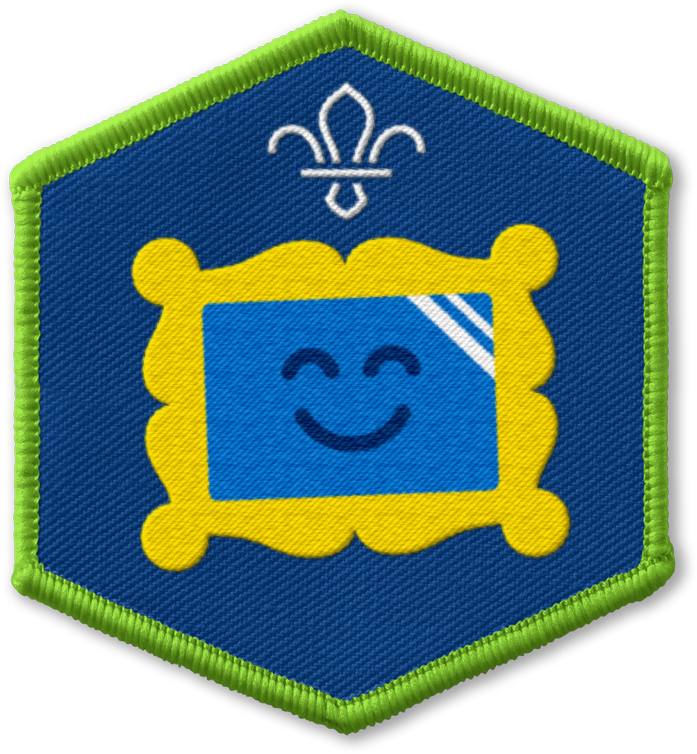
Circle tag
Before you begin
- Use the safety checklist to help you plan and risk assess your activity. Additional help to carry out your risk assessment, including examples can be found here. Don’t forget to make sure all young people and adults involved in the activity know how to take part safely.
- Make sure you’ll have enough adult helpers. You may need some parents and carers to help if you’re short on helpers.
Setting up this activity
- You could use floor dots or cones to mark everyone’s space in the circle.
- Make sure there’s lots of space on the outside of the circle for people to run around.
- Make sure the area is free of trip hazards and that players keep their hands out of the running zone.
Play the game
- Everyone should stand in a circle.
- An adult volunteer or young leader should choose one player to be ‘it’.
- ‘It’ should jog around the outside of the circle and hover their hand over people’s heads.
- As they pass each person, ‘it’ should gently tap them on the head and say either ‘no’ or ‘tag’.
- When the person says ‘no’, nothing happens – ‘it’ should carry on going around and tapping people.
- When the person says ‘tag’, the person who was tapped on the head is going to race them.
- Both players race in opposite directions around the outside of the circle, trying to get back to the chosen person’s empty space first. The space should have been left empty when they raced.
- The player who gets there last will then be ‘it’ and the game continues
Reflection
This game was all about having fun and determination. People also had to keep going, believe in themselves and not give up when they were trying to get to the spot first. Did people enjoy racing? What was easy? What was hard work?
It was also about playing fairly and not just choosing our friends to race us, so everyone could have a turn. How did you make sure you picked people fairly? Did you cheer your friends on?
During the game, everyone had to think about and show care for others when they were tapping them on the head, too. Was it difficult choosing the person? What helped you make your decision, or was it at random?
Was it difficult for the people racing? Was it hard to remember which way to go? What made it easier? People might’ve noticed that it was easier for the person being tagged if they were paying attention or if they were ready to run quickly.
Safety
All activities must be safely managed. You must complete a thorough risk assessment and take appropriate steps to reduce risk. Use the safety checklist to help you plan and risk assess your activity. Always get approval for the activity, and have suitable supervision and an InTouch process.
- Active games
The game area should be free of hazards. Explain the rules of the game clearly and have a clear way to communicate that the game must stop when needed. Take a look at our guidance on running active games safely.
- Take time and have patience while telling everyone what to do. Give short instructions clearly and concisely. If you need to, pause, then repeat the same instruction using the same words. You could have visual resources to explain the game or a printed copy of the instructions for anyone who may need them.
- You could have a practice round of the game to make sure everyone knows what they’re doing. Let young people help explain to each other what to do, too.
- People could walk rather than run around the circle, or people could go in pairs if people don’t want to go alone.
- To make it fairer, the person who was chosen as ‘it’ can be the chooser in the next round, regardless of if they win or not.
- If it’s too noisy and anyone doesn’t like the noise, the person leading the activity can remind everyone to be quieter. People could wear ear defenders, or you could run the activity outside.
- The game leader doesn’t have to tap people on the shoulder to name them. Make sure they know if anyone doesn’t like to be touched.
- Make sure the circle space and the surrounding terrain used are suitable for everyone in your group. Make sure the circle is created with enough space for everyone, including anyone using a mobility aid, to move around easily. Check the space for any trip hazards, especially if you’re outside.
All Scout activities should be inclusive and accessible.


